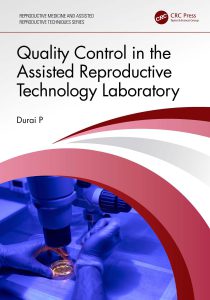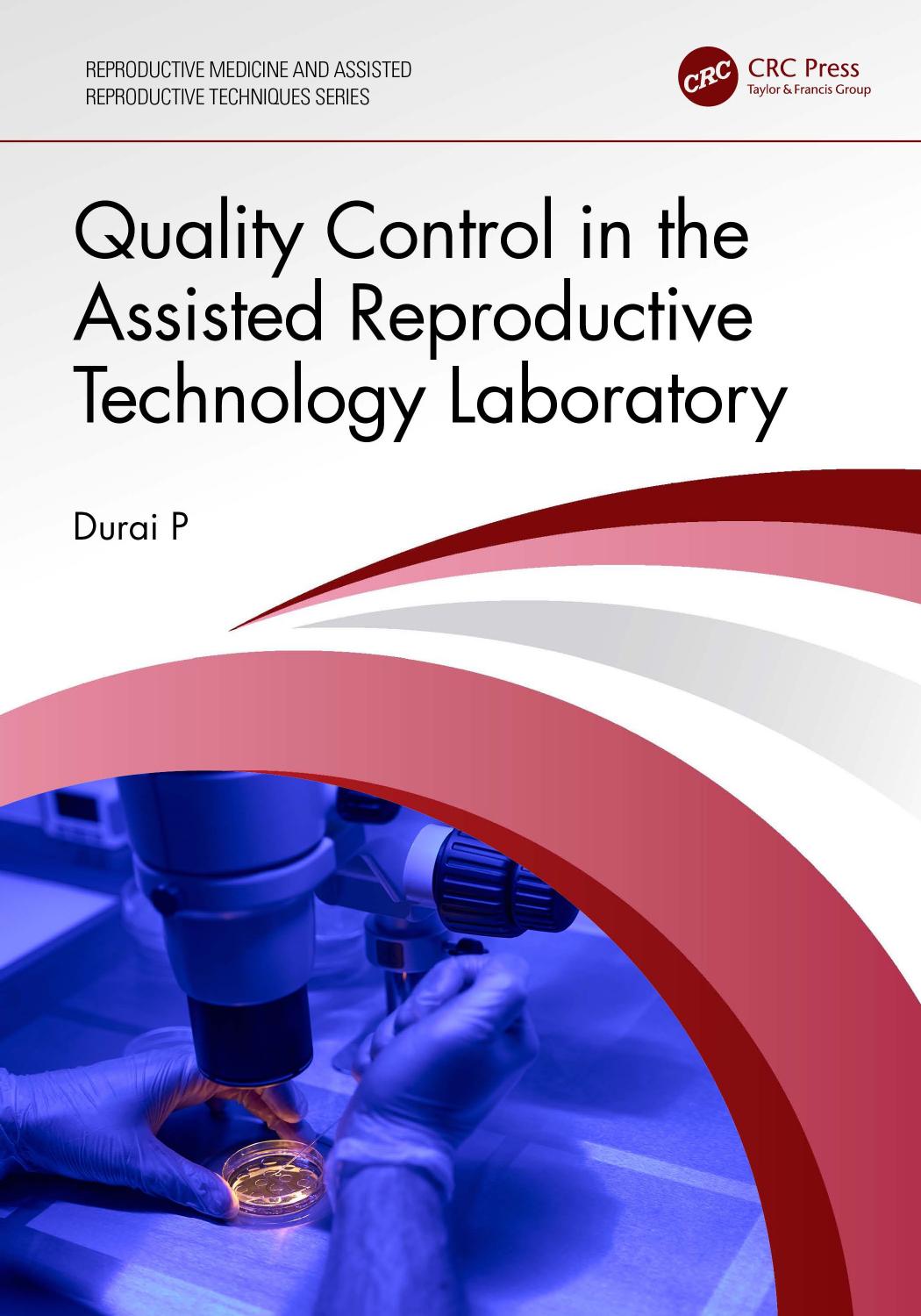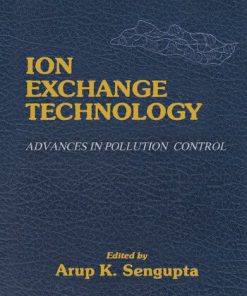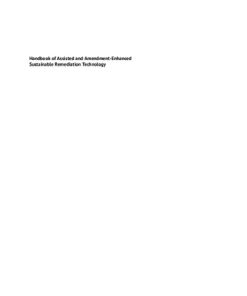Quality Control in the Assisted Reproductive Technology Laboratory 1st Edition by Durai 9781003853053 1003853056
$50.00 Original price was: $50.00.$25.00Current price is: $25.00.
Quality Control in the Assisted Reproductive Technology Laboratory 1st Edition Durai P – Ebook PDF Instant Download/Delivery, ISBN: 9781003853053, 1003853056

Product details:
- ISBN 10:1003853056
- ISBN 13: 9781003853053
- Author: Durai
Quality Control in the Assisted Reproductive Technology Laboratory
Table contents:
1. Introduction to QC in ART Labs
1.1 Schematic Overview
1.2 Regulatory Overview: ART Labs and Embryologists Worldwide
1.3 ART Regulations in the United States of America
1.3.1 For Embryologists
1.4 ART Regulations in Brazil
1.5 ART Regulations in Europe
1.6 ART Regulations in France
1.7 ART Regulations in Spain
1.7.1 For Embryologists
1.8 ART Regulations in Australia
1.8.1 For Embryologists
1.9 ART Regulations in China
1.10 ART Regulations in Japan
1.11 ART Regulations in India
1.12 The Impact of the ART Bill 2020
2. Internal Quality Control and External Quality Control
2.1 Control Samples
2.2 Frequency of Internal QC
2.3 External Quality Control
2.4 Proficiency Testing Programmes
2.5 Inter-Laboratory Comparisons
2.6 Exchange of Personnel
2.7 Steps in Personnel Exchange
2.8 Collaborative Research Projects
2.9 Steps Involved in Research Projects
2.10 Addressing Discrepancies
2.10.1 Review Testing Protocols
2.10.2 Comparison of Methods with Other Centres
2.10.3 Corrective Actions
2.10.4 Re-Evaluation of Performance
2.11 Analytical QC in ART Laboratory Tests
2.11.1 Sperm Count
2.12 Process of Troubleshooting in the ART Lab
2.13 Identifying the Issue
2.14 Gathering Information
2.15 Consulting Resources
2.16 Executing the Result
2.17 Monitoring Progress
2.18 Communication
3. Quality Control Tools: Risk Management
3.1 Risk Assessment
3.2 Risk Matrix
3.3 Risk Mitigation
3.4 Control Charts
3.5 Terms in Control Charts
3.6 Frequently Used Control Charts
3.7 Types of Control Charts
3.7.1 Levey-Jennings Charts
3.8 Example of Levey-Jennings Control Chart on ICSI Degeneration
3.9 Shewhart Control Charts
3.9.1 Key Characteristics of Shewhart Charts
3.10 Explanation of EWMA
3.11 Analysing the Control Chart
3.12 Quality Indicators
3.13 Kaizen in ART Labs
3.13.1 Principles of Kaizen
3.14 Implementation of 6S Methodology in ART Laboratories
3.14.1 Understanding the 6S Methodology
3.14.2 Benefits of 6S
4. Environmental Monitoring
4.1 Sources of Contamination in ART Labs
4.1.1 Microbial Contamination
4.1.2 Chemical Contamination
4.1.3 Physical Contamination
4.1.4 Personnel Contamination
4.2 Prevention of Personnel Contamination
4.2.1 Hand Hygiene
4.2.2 Staff Training
4.3 Cross-Contamination
4.3.1 Prevention of Cross-Personnel Contamination
4.4 Air Quality in ART Labs
4.4.1 Factors Affecting Air Quality in ART Labs
4.5 Parameters for Air Quality Monitoring
4.5.1 Temperature
4.5.2 Humidity Control
4.5.3 Air Pressure Control
4.5.4 Particulate Matter
4.5.5 Monitoring Volatile Organic Compounds
4.6 Microbial Contaminant Monitoring
4.7 Strategies for Maintaining Optimal Air Quality
4.7.1 Proper Laboratory Design
4.8 Air Filtration Systems
4.9 Positive Air Pressure
4.10 Regular Cleaning and Maintenance
4.11 Cleaning Agents
4.12 Sterilisation Methods
4.13 Use of Low-VOC Materials and Chemicals
4.14 Real-Time Monitoring Devices
4.15 Data Logging and Reporting
4.16 Scheduled Assessments of Different Air Quality Parameters
4.17 VOC Measurement Devices
4.18 Third-Party Evaluations and Certification
4.19 Cleanroom Classifications and Standards
4.20 US Federal Standard 209E
4.21 External Laboratory Assessments
4.21.1 Benefits of External Laboratory Assessments
4.22 External Assessments in India
4.23 Air Quality Control and Improvement
4.23.1 Monitoring and Testing
4.23.2 Preventive Measures
4.23.3 Corrective Actions
4.24 Identifying and Addressing Sources of Contamination
4.25 Advanced Air Purification Technologies
4.25.1 Ultra-Low Particulate Air Filters
4.25.2 Activated Carbon Filters
4.25.3 Photochemical Oxidation
4.26 Maintaining Air Quality
4.26.1 Minimising Movement and Foot Traffic
4.26.2 Adhering to Protocols and Guidelines
4.26.3 Regular Cleaning and Disinfection
4.26.4 Proper Waste Management
4.27 Water Quality Management
4.28 Surface Monitoring and Control
4.29 Cleanroom Design
4.30 Cleaning and Disinfection Protocols
4.31 Surface Monitoring Techniques
4.32 Workstation Organisation and Workflow
5. Equipment Maintenance: Types of Equipment Used in ART Labs
5.1 Equipment for Andrology
5.2 Computer-Assisted Sperm Analysis Systems
5.2.1 Software Updates
5.3 Embryology Equipment
5.3.1 Laminar Flow Hoods
5.3.2 Vertical Laminar Flow Hoods
5.3.3 Incubators
5.3.4 Microscopes
5.3.5 Maintenance and Calibration
5.3.6 Micromanipulation Systems
5.3.7 Microtools
5.3.8 Supporting Equipment
5.3.9 Laser Systems
5.3.10 Maintenance and Calibration
5.4 Cryopreservation Equipment
5.4.1 Understanding Liquid Nitrogen
5.4.2 Use of Liquid Nitrogen
5.4.3 Key Design Features of Cryostorage Tanks
5.4.4 Maintenance
5.5 Equipment Logs
5.5.1 Importance of Equipment Logs
5.6 Preventive Maintenance Schedule
5.6.1 Benefits of PMS
5.7 Model Log
6. Quality Control of ART Media and Disposables
6.1 Media for Handling Gametes
6.2 Oocyte Maturation
6.3 Micromanipulation Media
6.4 Storage of IVF Media
6.5 Types of Quality Control Tests for IVF Media
6.6 Overseeing the QC of an Open IVF Media Pack
7. IVF Process and QC
7.1 QC in Andrology
7.1.1 Overview of Standard Andrology Lab Procedures
7.2 QC in CASA
7.3 Standard Semen Preparation Techniques
7.4 Surgical Sperm Aspiration
7.5 Quality Control
7.6 Troubleshooting
7.7 Solution
7.8 Troubleshooting of Human Error
8. Quality Control in Embryo Culture
8.1 Embryo Culture Conditions
8.2 Monitoring Embryo Development
8.3 Timelapse Imaging
8.4 Metabolomic Profiling
8.5 Troubleshooting Embryo Culture Problems
8.6 Issue 1: Poor Embryo Quality
8.7 Issue 2: Embryo Growth
8.8 Issue 3: Embryo Arrest
8.9 Issue 4: Fluctuations in Success Rates
9. Quality Control in Cryopreservation
9.1 Overview of Cryopreservation
9.2 Procedures
9.3 Fertility Preservation
9.4 Quality Control
9.5 Dilemma of Expired Embryo, Sperm, and Oocyte Storage
9.6 Troubleshooting Cryopreservation Problems
9.7 Preventing Embryos or Gametes from Falling under Liquid Nitrogen Storage Tank
9.8 Fear of Reporting Incidents
9.9 Safety Precautions
9.10 Staff Training
9.11 Spill Containment and Cleanup Equipment
9.12 Safety Showers
9.13 Fire Safety Equipment
9.14 Emergency Exits and Evacuation Routes
9.15 Warning Signage
9.16 Emergency Response Plan
9.17 Risk Assessment
9.18 Communication
10. Record-Keeping and Documentation
10.1 Types of Records
10.2 Clinical Records
10.3 Document Control
10.4 Standard Operating Procedures
10.4.1 Development and Implementation
10.5 Define the Scope and Purpose of Each SOP
10.6 Process of Defining Scope and Purpose
10.7 Use Clear and Concise Language
10.8 Visual Aids and Examples
10.9 Establish a Document Control System
10.10 Train Staff on SOPs and Assess Competency
10.11 Monitor Compliance and Performance
10.12 Continuously Review and Update SOPs
10.13 Comprehensive ART Laboratory SOP List
10.14 Sample Standard Operating Procedure for an ART Lab Procedure
11. QC of ART Labs Personnel
11.1 Importance of Personnel QC in ART Labs
11.2 Personnel Training and Qualifications
11.3 Competency Assessment
11.4 Evaluation
11.5 Job Descriptions and Responsibilities
11.6 Development of Personnel QC Programme
11.7 Performance Evaluations
11.8 Training Nascent Embryologists
11.9 Professional Development in Clinical Embryology
11.10 Role of Senior Embryologists/Lab Managers in Training
11.11 Skills and Qualities Required for an Embryologist
11.12 Staff Well-Being and Lab Performance
11.13 Impact of Stress
11.14 Evaluating a Welfare Programme
12. Key Performance Indicators
12.1 Leveraging Technology for KPI Tracking and Analysis
12.2 Vienna Consensus Guidelines
12.3 Development of KPIs
12.4 Clinical KPIs
12.5 Laboratory KPIs
12.6 Management KPIs
12.7 Measurement and Tracking of KPIs
12.8 Challenges and Solutions Focusing on ART Lab KPIs
12.9 Evaluating the Competence of Embryologists: Metrics and Methodologies
12.10 Possible Recommendations for ART Professionals and Infertility Clinics
12.11 KPI Benchmark Value
13. ART Lab Witnessing Systems
13.1 Manual Witnessing System
13.2 Electronic Witnessing
13.3 Types of Electronic Witnessing Systems
13.3.1 Advantages of RFID
13.3.2 Limitations of the RFID System
13.3.3 Barcode Technology
13.3.4 Limitations of the Barcode System
13.3.5 Biometric Identification
13.3.6 Limitations of the Biometric System
13.4 Video Monitoring
13.5 Implementation of Electronic Witnessing
13.6 Applications of Electronic Witnessing
13.7 Limitations of Electronic Witnessing
13.8 The Future of Electronic Witnessing
14. Case Studies
14.1 Examples of Successful Quality Control Practices
14.2 Real-World Examples of QC in ART Labs
14.3 Preventing Mix-Ups
15. Emerging Trends and Best Practices: New Technologies in QC
15.1 ART Lab Automation
15.2 Best Practices for Quality Control
15.3 Software for TQMS
15.4 AI in Oocyte Prediction
15.5 Artificial Intelligence and Machine Learning
15.6 Single-Cell Analysis
15.7 Data Integration and Standardisation
15.8 Artificial Gametes
15.9 Quality Control Challenges in Artificial Gametes
15.10 Genetic Engineering and Genome Editing
15.11 Safety and Long-Term Health
15.12 Regulatory Frameworks and Ethical Considerations
15.13 Improving Quality Control in Donor Gametes
16. Safety, Recommendations, and Infrastructure
16.1 Safety Measures in ART Labs
16.2 Environmental Impact
16.3 TQMS for a Chain of Fertility Clinics
16.4 Implementing Total Quality Management Systems in Fertility Clinic Chains
16.5 Define Key Performance Indicators
16.6 Establish a Quality Management Team
16.7 Collaboration
16.8 Performance Recognition
People also search:
quality control in the assisted reproductive
quality control in the clinical laboratory
quality control in the pharmaceutical industry
quality control in the food industry
quality control in the laboratory
You may also like…
Uncategorized
Medicine - Others
Chemistry - Technical & Industrial Chemistry
Ion Exchange Technology Advances in Pollution Control Arup K Sengupta Editor
Education Studies & Teaching - Adult & Continuing Education
Technology and Innovation in Adult Learning 1st Edition Kathleen P. King
Uncategorized
Engineering - Engineering - General & Miscellaneous
Strategies and Opportunities for Technology in the Metaverse World P C Lai












